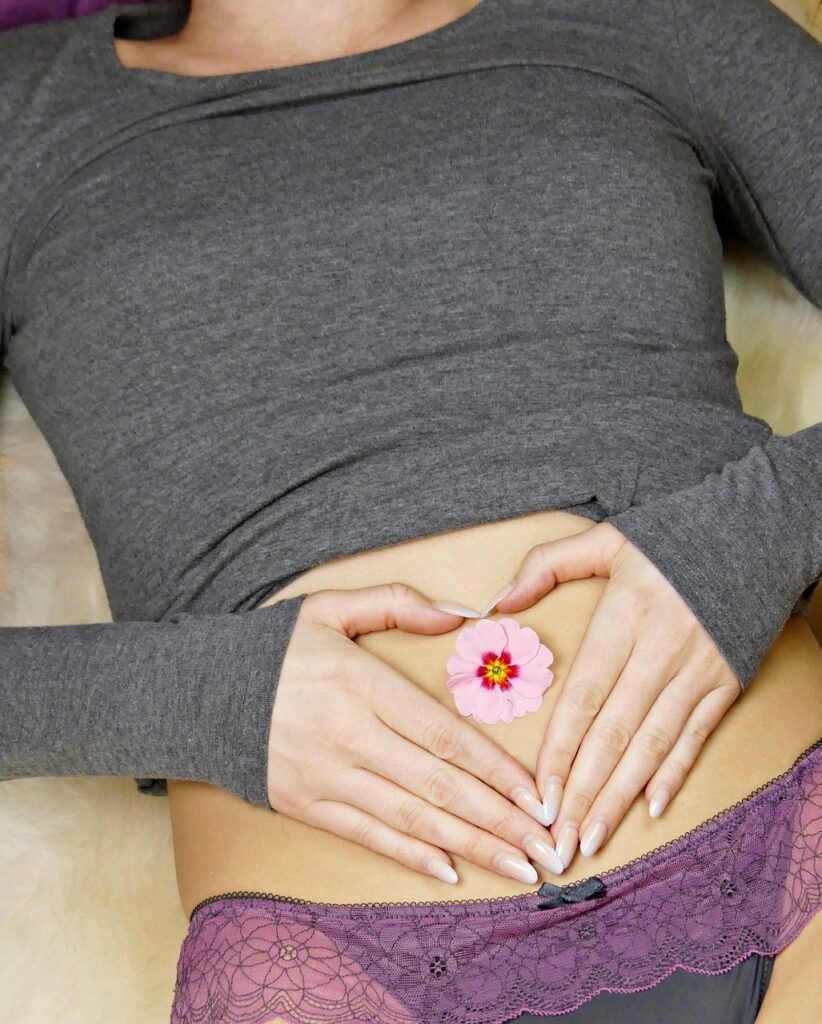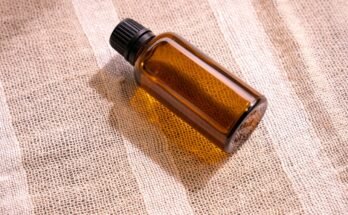If you’ve recently undergone a Loop Electrosurgical Excision Procedure (LEEP) and are experiencing watery discharge after LEEP, you may be wondering if it’s normal. Most women produce some form of discharge during their recovery period after this medical procedure. Knowing both the expected changes in recovery together with the signs for concern will help achieve better healing results.
LEEP represents a frequently implemented surgical method that operators use to eliminate irregular cervical cellular tissue arising from pre-cancerous conditions and HPV infection. LEEP treatment proves its value but generates tissue damage which requires body time to recuperate. A healing body cleanses and fixes damages to your cervix through its natural discharge production. At what point should watery discharge prompt concerns? This article examines why LEEP surgeries are performed along with indicators that help teenagers determine when to get medical assistance.
Read More About Women’s Health Here
Why Does Watery Discharge Occur After LEEP?
Your body produces watery discharge after LEEP as part of the healing process. The body needs to restore the cervix after abnormal tissue removal because this sensitive region becomes open to healing. During the healing process normal discharge production increases for the following reasons:
- During healing the cervix produces fluid to maintain cleanliness and avoid infections. The post-LEEP discharge exists in various colors including clear and pinkish along with slight brown tints.
- After LEEP doctors use medication-containing solutions to reduce bleeding but this may start the production of watery discharge. Time-dependent breakdown of the medical solution results in additional watery discharge from the body.
- During the healing of the cervix some treated tissue pieces together with watery discharge are likely to exit the body.
- The healing process stimulates blood circulation resulting in the body producing more mucus together with discharge.
Regular reasons behind watery discharge should be monitored due to the importance of detecting abnormal changes in your condition.
What’s Considered Normal After LEEP?

When cases allow normal vaginal discharge occurs in most women who have undergone LEEP procedures. Here’s what to expect:
- Women usually produce thin discharge with mucus consistency which often has faint red or brown tints
- A mild odor, but not a strong or foul smell
- A gradual reduction in discharge over a few weeks
- The vaginal discharge during LEEP treatment tends to be light-spotted and minimal bleeding occurs.
The discharge being light with no unusual smell or coloring indicates everything is normal.
When Should You Be Concerned?
Normal watery cervical discharge should exist yet particular modifications to the discharge could signal an infection or treatment complication. A doctor needs to be consulted when any of the following symptoms occur:
- Foul-smelling discharge (especially a strong, unpleasant odor)
- Yellow, green, or thick white discharge
- Your bleeding is considered heavy when it penetrates your pads before the normal expiration time occurs.
- Severe abdominal pain or cramping
A fever combined with chills indicates possible infection in the body.
Contact your doctor without delay if you experience these mentioned symptoms. Early medical care for infections prevents the development of secondary health issues.
How Long Does Watery Discharge Last After LEEP?
The duration of watery discharge after LEEP varies for each person. Most people experience watery discharge following a LEEP treatment for a period of one to four weeks. A person should experience heavier discharge during the early days which will normalize as time passes. A woman may experience occasional discharge for one month after LEEP but physicians consider this normative when infection does not present during checks.
- Different factors determine the time span of post-LEEP discharge although healing rate and tissue removal amount and post-treatment adherence play their part.
- Your body’s healing speed
- The amount of cervical tissue surgeons eliminate from the body determines the progression.
- Following prescribed post-operation care protocols does not affect how long the discharge persists.
How to Manage Watery Discharge After LEEP
Wearing panty liners combined with following these basic postoperative care methods will help maintain comfort while healing.
- For dryness protection between periods, you should use panty liners.
- Patients should avoid using tampons together with douching and any vaginal insertion procedures for at least 4 weeks.
- Your choice of underwear should always be loose cotton products that let your skin breathe to reduce irritation.
- Mild fragrance-free soap should be used for cleaning the vaginal area.
- Drinking water in large amounts helps the body perform its natural healing processes.
- ecedorix strain should be avoided by limiting exercises along with lifting activities for at least one week.
The described steps aid recovery while reducing the amount of discomfort experienced during the process.
Does Watery Discharge Mean Infection?
Not necessarily. Watery discharge after LEEP is a natural part of healing. A woman undergoing LEEP recovery should check for infection symptoms such as discharge color changes or foul odor alongside pain or fever as indications of potential infection.
Common signs of infection include:
- A sudden increase in discharge
- Strong, unpleasant odor
- Yellow or green color
- Fever and chills
Contact your healthcare provider for a correct assessment and treatment when you believe an infection might exist.
The Connection Between Watery Discharge and Cervical Cancer
Women frequently ask whether cervical cancer leads to discharge that is watery in nature. While abnormal discharge can sometimes be a symptom of cervical cancer, watery discharge after LEEP is usually due to the healing process rather than a sign of cancer.
Nevertheless ongoing observation of the above symptoms needs medical evaluation:
- Persistent watery discharge beyond a month
- Unexplained bleeding between periods
- Pelvic pain or discomfort
Consultation with a doctor stands as the most appropriate action to take. Monitory examinations should be conducted through regular Pap smears together with follow-up tests after LEEP procedures to track cervical health conditions.
FAQs
Why do I have a watery discharge after LEEP?
Watery discharge after LEEP is part of the healing process. A normal response of the cervix includes fluid production to wash and restore the treated area.
How do I know if I have an infection after LEEP?
Infections of the IUD can be identified when you see abnormal foul discharge along with a yellow or green appearance and severe pelvic pain with fever and chills symptoms. Contact your doctor when you observe such symptoms.
How long does drainage last after LEEP?
The duration of vaginal discharge lasts between one to four weeks while its volume reduces progressively until it ends. A healthcare professional needs to be consulted when discharge symptoms last longer than four weeks or grow worse.
Does cervical cancer cause watery discharge?
Cervical cancer can cause abnormal discharge, but watery discharge after LEEP is typically a sign of healing. You should seek medical evaluation from your doctor in case your discharge persists or appears different from normal.
Final Thoughts
Experiencing watery discharge after LEEP is completely normal as your body heals. The human body usually heals through watery discharge when recovering from LEEP treatment which disappears as healing progresses. You should consult with a doctor if you experience abnormal symptoms including strong odor accompanied by yellow or green discharge together with fever or severe pain.
Your recovery becomes smoother when you follow the guidance for post-procedure care and carefully watch your symptoms develop. Reassurance regarding worries comes from reaching out to a healthcare provider for direction.




